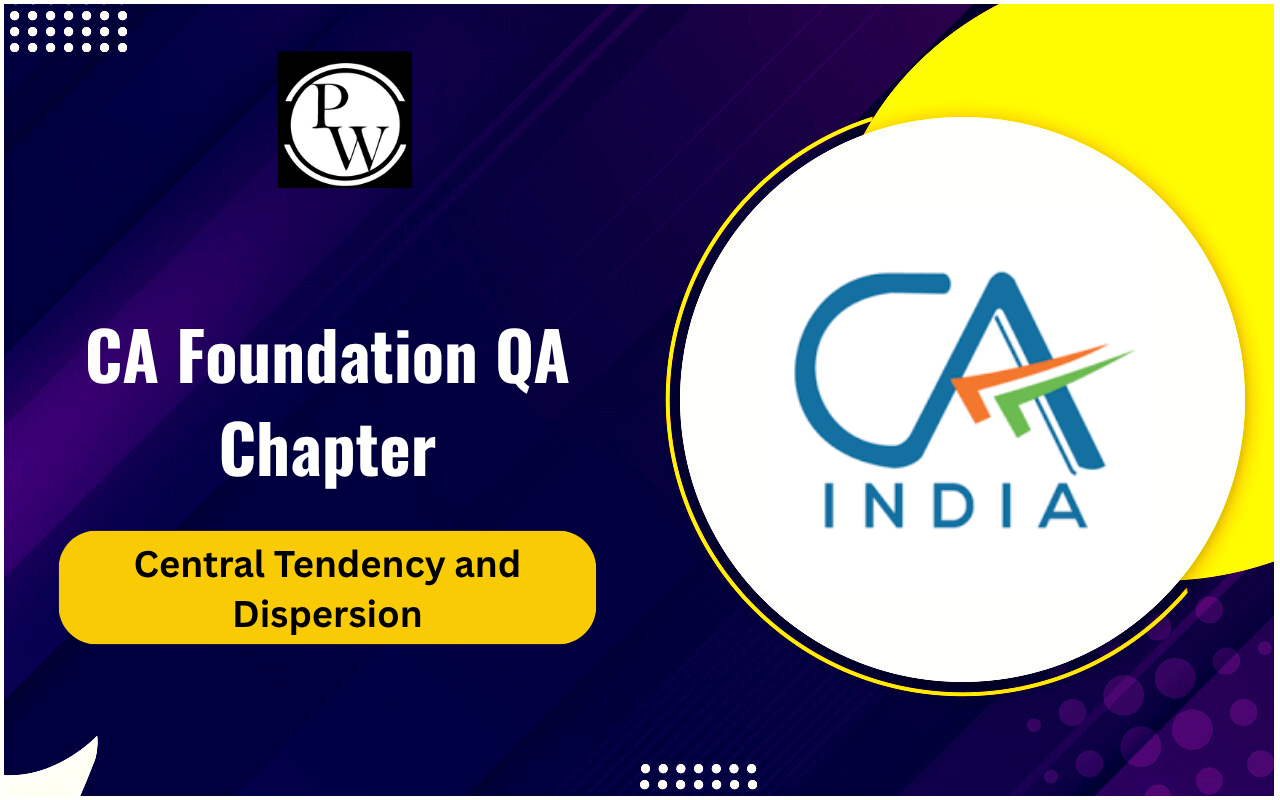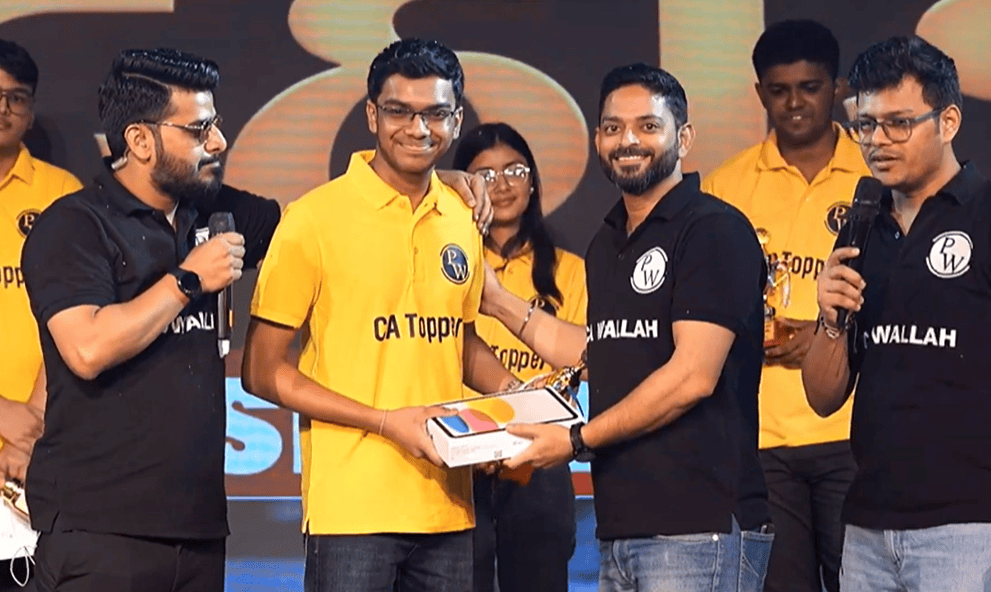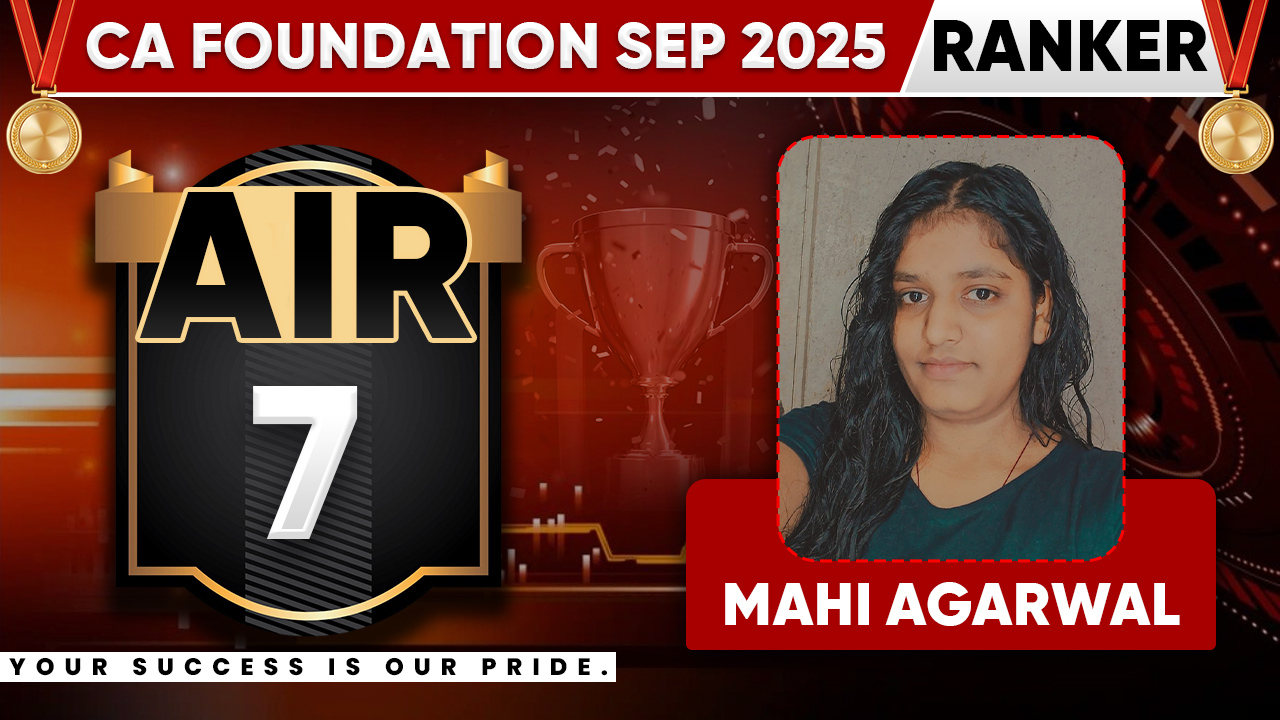
Audit sampling is a crucial aspect of the auditing process, enabling auditors to draw conclusions about an entire population based on a subset of data. For CA aspirants, mastering audit sampling techniques is essential to excel in their exams and future careers. This article aims to provide an in-depth understanding of audit sampling techniques for CA Exams , their significance, and their application in real-world auditing scenarios.
What is Audit Sampling?
Audit sampling involves selecting a representative subset of data from a larger population to evaluate and make inferences about the entire dataset. This process is vital because it is often impractical or impossible to examine every item in a population due to time and cost constraints.Why is Audit Sampling Important?
Understanding audit sampling techniques is critical for auditors to ensure the accuracy and reliability of their conclusions. Proper sampling reduces the risk of overlooking significant errors or misstatements, thereby enhancing the audit's overall quality.Also Read: Cost Concept In Accounting and Economics
Types of Audit Sampling Techniques
The following are the types of Audit Sampling Techniques:1. Statistical Sampling Techniques
Statistical sampling techniques rely on the principles of probability to select and evaluate a sample. These techniques provide a measurable degree of certainty regarding the conclusions drawn from the sample.a. Random Sampling Random sampling ensures every item in the population has an equal chance of being selected. This technique minimizes selection bias and enhances the representativeness of the sample.
b. Stratified Sampling Stratified sampling involves dividing the population into distinct subgroups (strata) and selecting samples from each stratum. This technique is useful when the population has different characteristics, ensuring each subgroup is adequately represented.
c. Systematic Sampling Systematic sampling selects items at regular intervals from a randomly chosen starting point. For example, if you decide to sample every 10th item in a population, this technique ensures a spread across the entire dataset.
2. Non-Statistical Sampling Techniques
Non-statistical sampling techniques rely on the auditor's judgment rather than probabilistic methods. These techniques can be useful when the population is homogeneous or when statistical methods are impractical.a. Judgmental Sampling
Judgmental sampling involves the auditor selecting items based on their knowledge and experience. This technique is subjective but can be effective when dealing with small populations or specific risk areas.b. Haphazard Sampling
Haphazard sampling involves selecting items without any structured method, relying on chance. While this technique is easy to implement, it may not always provide a representative sample.Applications of Audit Sampling Techniques
The following are the applications of Audit Sampling Techniques:1. Compliance Testing
Compliance testing ensures that the organization's procedures and controls are functioning as intended. Audit sampling techniques are used to select transactions or records to verify adherence to policies and regulations.2. Substantive Testing
Substantive testing involves verifying the accuracy and completeness of financial information. Sampling helps auditors evaluate the validity of account balances and transactions, ensuring the financial statements are free from material misstatements.3. Internal Control Assessment
Assessing the effectiveness of internal controls is a critical aspect of an audit. Audit sampling techniques enable auditors to test control procedures, identify weaknesses, and recommend improvements.Challenges in Audit Sampling
Despite its benefits, audit sampling presents several challenges. These include the risk of sampling error, the potential for bias in non-statistical sampling, and the difficulty in determining the appropriate sample size. Understanding these challenges and how to mitigate them is essential for effective auditing.Best Practices for Effective Audit Sampling
The following are some best practices for Effective Audit Sampling:1. Define the Objective
Clearly defining the audit objective helps in selecting the most appropriate sampling technique. Whether testing for compliance, verifying account balances, or assessing internal controls, the objective guides the sampling process.2. Understand the Population
A thorough understanding of the population is crucial for effective sampling. This includes knowing the population's characteristics, size, and any inherent risks that may affect the sampling outcome.3. Determine the Sample Size
Determining the appropriate sample size is vital for reliable results. Factors such as the population size, desired confidence level, and acceptable margin of error influence the sample size.4. Implement Randomness
Incorporating randomness in the selection process helps in achieving a representative sample. Random sampling techniques, such as simple random sampling or systematic sampling, are effective in minimizing selection bias.5. Evaluate and Document Results
Thoroughly evaluating and documenting the sampling process and results is essential. This includes recording the methodology used, sample selection criteria, and any deviations or anomalies observed during testing. For graduate students aspiring to become Chartered Accountants, mastering audit sampling techniques is just one part of the journey. PW CA Coaching offers comprehensive CA preparation courses designed to help you excel in your exams and achieve your career goals.| Also Check | |
| Internal Audit | Internal Audit Function Effectiveness |
| Types of Audit | Performance Audit |
| Difference Between Accounting and Accountancy | External Audit |
Audit Sampling Techniques FAQs
What is audit sampling?
Why is audit sampling important in auditing?
What are the main types of audit sampling techniques?
What is the difference between statistical and non-statistical sampling?










